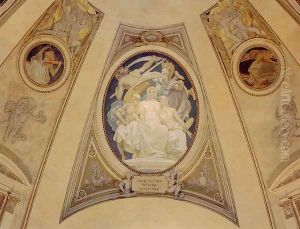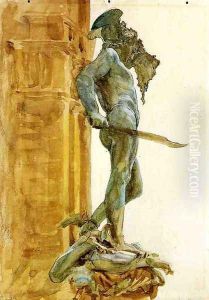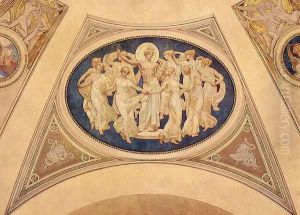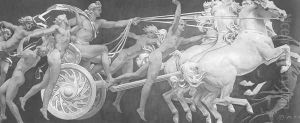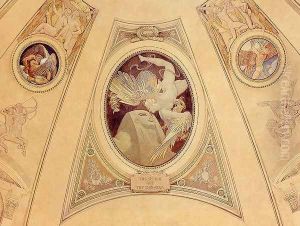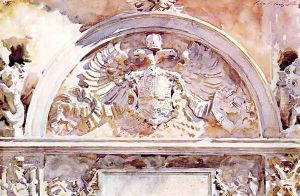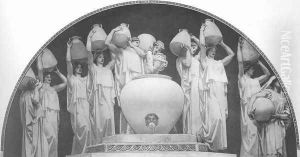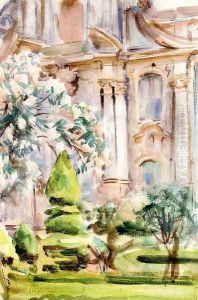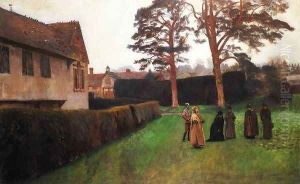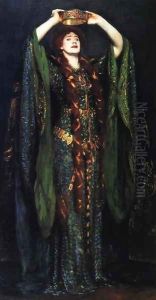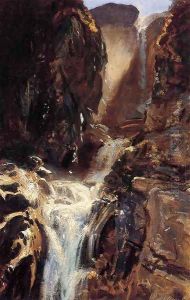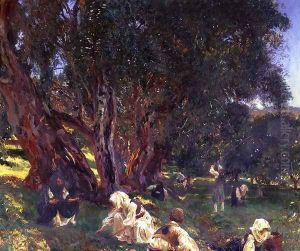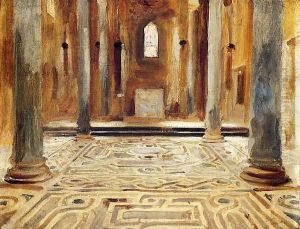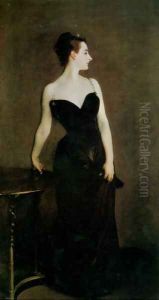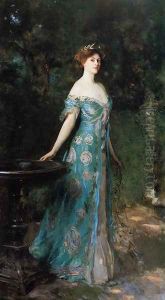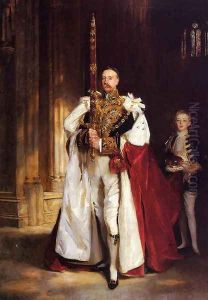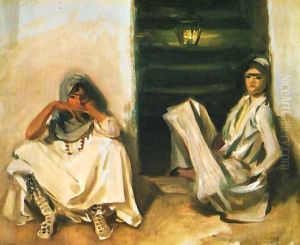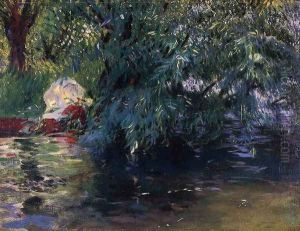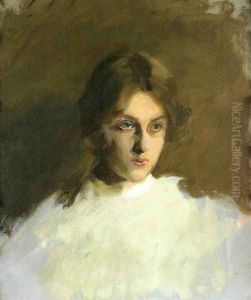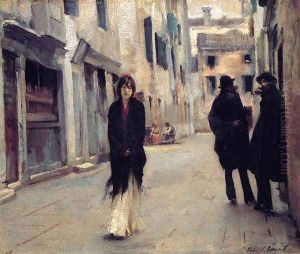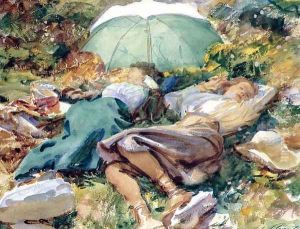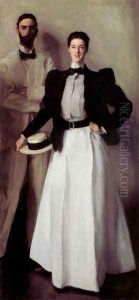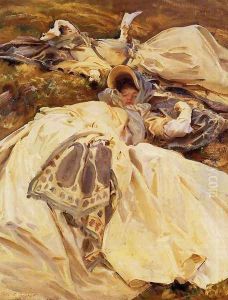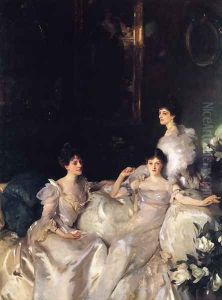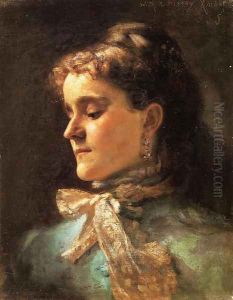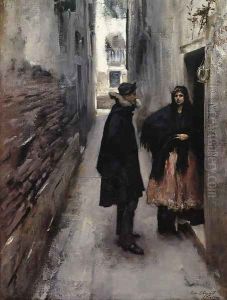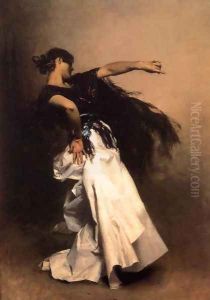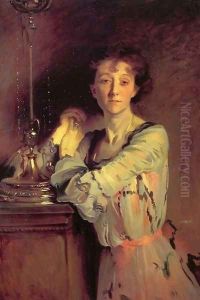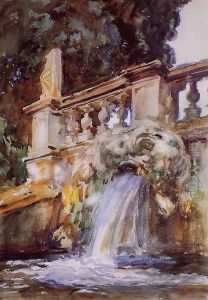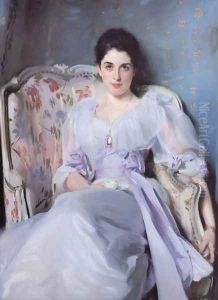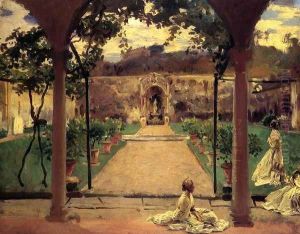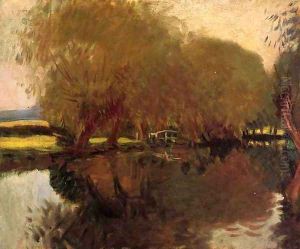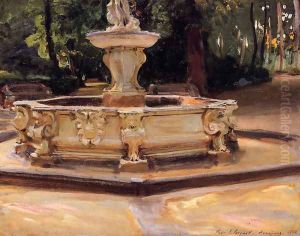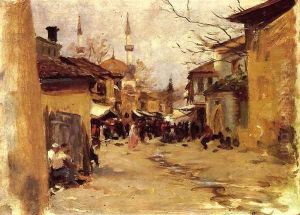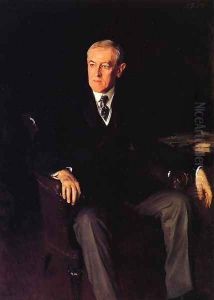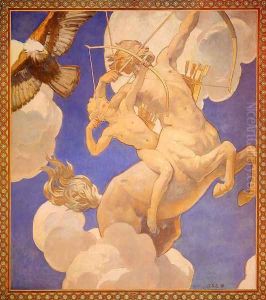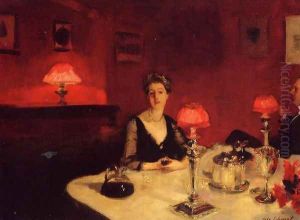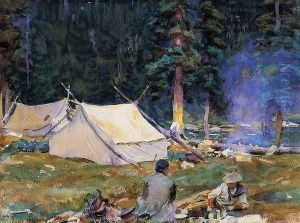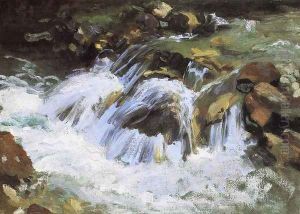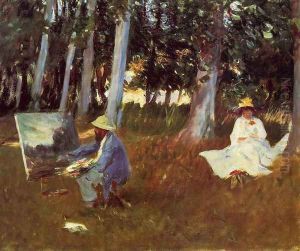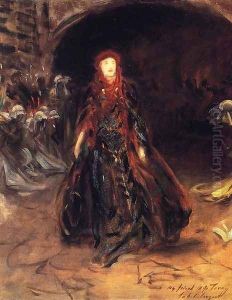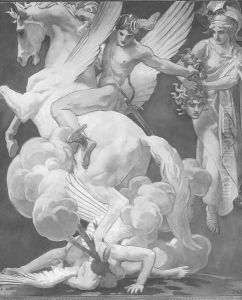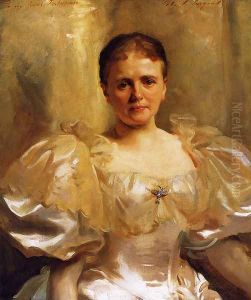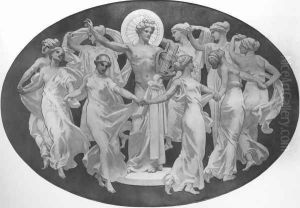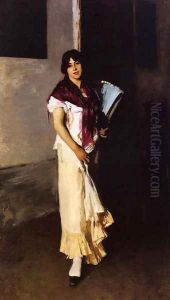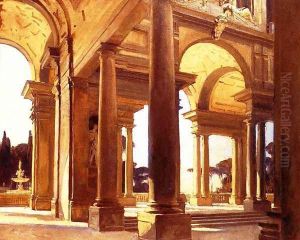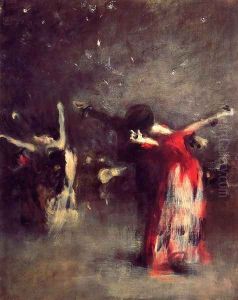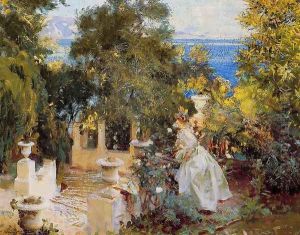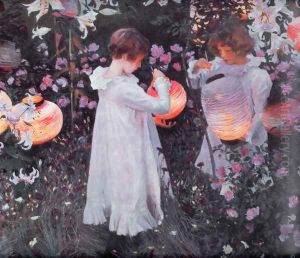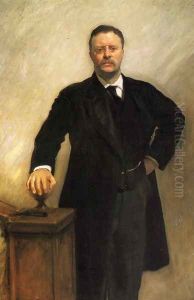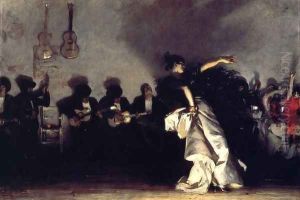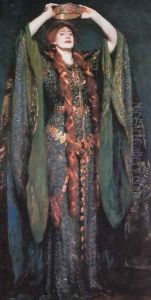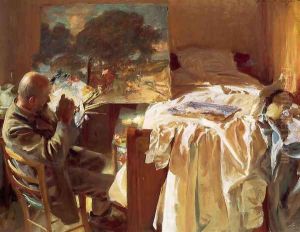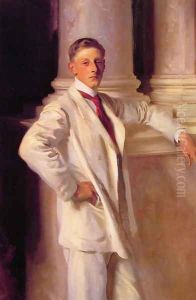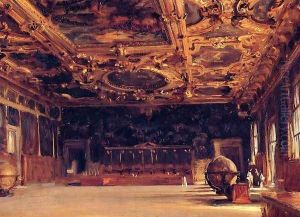John Singer Sargent Paintings
John Singer Sargent was an American expatriate artist, considered the 'leading portrait painter of his generation' for his evocations of Edwardian-era luxury. He was born on January 12, 1856, in Florence, Italy, to American parents. Sargent was a cosmopolitan whose parents had left America following the death of his older sister. He was trained in Paris before moving to London, where he spent much of his career.
Sargent showed early artistic talent, which was nurtured by his supportive family. He studied with several accomplished teachers, including the French portraitist Carolus-Duran, who greatly influenced his technique and the fluidity of his brushwork. Sargent quickly became known for his remarkable ability to capture the character and even the soul of his sitters.
During the 1880s and 1890s, Sargent was incredibly prolific and created hundreds of portraits of the wealthy and privileged classes. His most controversial work, 'Madame X' (Madame Pierre Gautreau), was shown at the Paris Salon of 1884 and caused a scandal due to the subject's provocative pose and dress. Despite the setback, Sargent's reputation eventually recovered, and he became even more in demand as a portrait artist.
Aside from portraits, Sargent also painted stunning landscapes and worked with watercolors extensively, exhibiting a remarkable versatility. His travels provided him with a vast array of subject matter—from Alpine mountainscapes to Venetian canals. During World War I, he worked for the British government as an official war artist, capturing scenes of war with the same deftness he applied to portraits and landscapes.
Later in his career, Sargent became increasingly interested in public and mural work. He spent years on a series of murals for the Boston Public Library and the Museum of Fine Arts in Boston. These works were more classical and allegorical compared to his other compositions and allowed him to explore different themes and techniques.
Sargent's influence on his contemporaries and future generations of portraitists was profound. His technical mastery and his ability to depict high society with elegance and a certain psychological depth remain admired. He passed away on April 14, 1925, in London and left behind a legacy as one of the most celebrated artists of his time.
